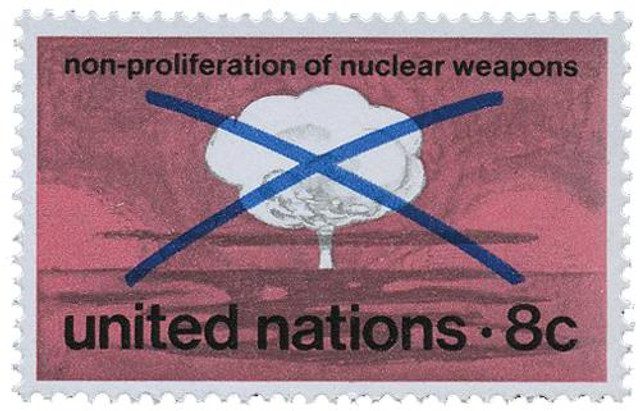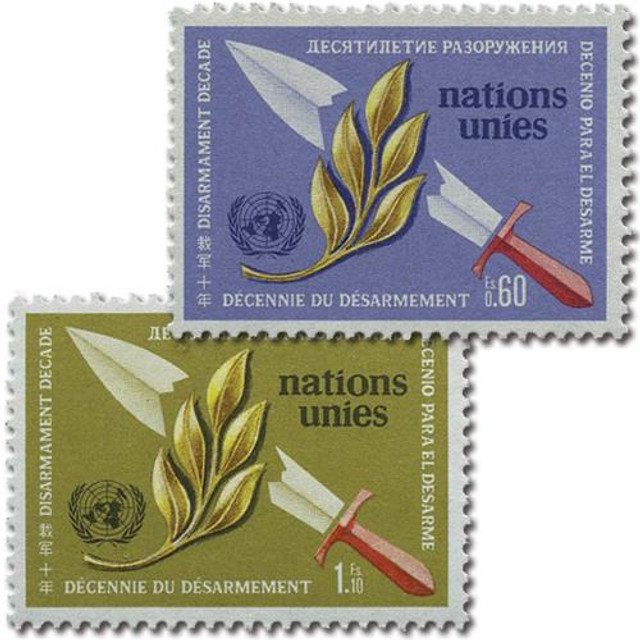On August 5, 1963, the US, the UK, and the Soviet Union signed the Limited Nuclear Test Ban Treaty.
The dropping of the atomic bombs on Japan ended World War II but began the nuclear age. The US, Great Britain, and the Soviet Union continued to develop and test more powerful weapons.
In 1959, radioactive elements were found in milk and wheat in parts of the United States. Soon experts became aware of the health risks of radioactive fallout and began calling for testing regulations. The United Nations Disarmament Commission brought together representatives from the three countries involved in testing, plus France and Canada, to negotiate an end to testing.
The US and USSR agreed to stop tests during the talks. However, the Soviets announced they would resumed their testing in September 1961. This included exploding the largest nuclear bomb in history. America began testing again on September 15, with atmospheric testing restarting the following April.
During the October 1962 Cuban Missile Crisis, the US and the Soviet Union came very close to nuclear war. President Kennedy and Premier Khrushchev decided to reopen negotiations. As President Kennedy said, “It is insane that two men, sitting on opposite ends of the world, should be able to decide to bring an end to civilization.” Kennedy and Soviet Premier Khrushchev then discussed a nuclear test ban in a series of private letters.
Official negotiations began on July 15, 1963, and an agreement was reached 10 days later. Both countries agreed to the Limited Nuclear Test Ban Treaty, which forbids testing in the atmosphere, in space, and underwater. Though it came short of banning nuclear weapons, it was the first step. Those signing the treaty agreed to work to end the nuclear weapons race with a final goal of complete disarmament.
The next day, President Kennedy delivered a 26-minute televised address on the agreement. On August 5, 1963, US Secretary Dean Rusk, Soviet Foreign Minister Andrei Gromyko, and British Foreign Secretary Lord Home signed the final agreement. President Kennedy would spend the next two months addressing the nation and the divided Senate in the hopes of convincing them to support the treaty.

The agreement went to the Senate Committee on Foreign Relations and was eventually approved by the Senate on September 24, and the Soviet Union the next day. President Kennedy then signed the treaty on October 7, before it went into effect three days later on October 10, 1963.

Thirty-three years later, the UN adopted the Comprehensive Nuclear Test Ban Treaty. Prohibiting all nuclear tests, it was signed by 71 countries but never ratified by the US. (President Bill Clinton supported it, but the Senate rejected it 51 to 48.)
Click here to read the full text of the treaty.
| FREE printable This Day in History album pages Download a PDF of today’s article. Get a binder or other supplies to create your This Day in History album. |
Discover what else happened on This Day in History.




There seems to be a chunk of this article missing. The last paragraph seems chopped up nd incomplete.
Still great stuff (information),
Ron
Forgot that we failed to ratify the final treaty. Way past time for us to do so.
And what has the US not ratifying the treaty done? Nothing. The US adheres to the ideals of that UN agreement.
There is no reason to sign it now except for show.